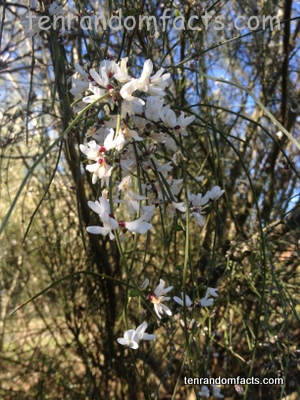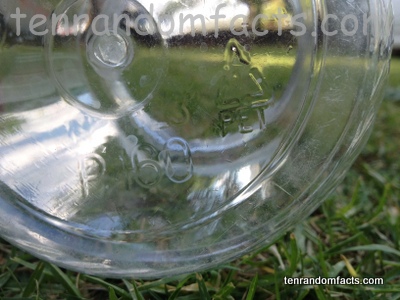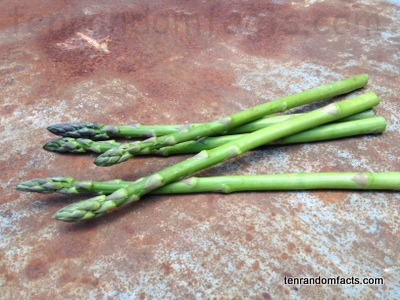
You will not see the leopard until too late!
- Leopards are from the family Felidae, which is the family of cats, and are part of the Panthera genus, large cat family, of which they are the smallest.
- Leopards are, depending on the species, native to the deserts, tropics and cool areas of either Africa or Asia.
- Leopards grow from o.9 to 1.65 metres (3 feet to 5.4 feet) in length, have small, clustered black blotches, or rosettes as they are known, on a pale yellow to gold coloured skin, and have a lifespan from 12 to 17 years, in the wild.
- Leopards can run at speeds of 58 kilometres/hour (36 miles/hour), jump at heights of 3 metres (10 feet) and at lengths of 6 metres (20 feet).
- The scientific name of leopards is ‘Panthera pardus’ and includes nine official sub species, and are often mistaken for cheetahs and jaguars, but can be distinguished by their different rosettes or spots.
Leopard
Image courtesy of National Geographic
- ‘Leopard’ comes from the combination of Greek words ‘leōn’ and ‘pardos,’ meaning ‘lion’ and ‘mail panther’ respectively, since it was originally thought they were a cross between a lion and a panther.
- Leopards are primarily nocturnal hunters that stalk prey stealthily, usually launching their attack at their victim’s neck, and then often dragging heavy carcasses, which can be twice the cat’s weight, with their mouth, up into high trees for protection.
- Leopards are carnivores, and their diet is quite varied, consisting of animals like monkeys, warthogs, cheetah cubs and antelope, and smaller mammals, reptiles, birds, insects and amphibians, and while they do not often attack humans, in the early 1900s, two vicious man-eaters are said to have killed 525 people between them.
- Although leopards have no natural predators, large cats, large primates and hyenas all compete for carcasses, and in large groups, will attack these spotted cats, sometimes fatally, for food.
- Leopards generally have two to four cubs per litter, which stay with the mother for up to 2 years, who protects them from large predators such as crocodiles, large cats and primates.
Bibliography:
Leopard, 2013, San Diego Zoo Animals, http://animals.sandiegozoo.org/animals/leopard
Leopard, 2013, Wikipedia, http://en.wikipedia.org/wiki/Leopard


























